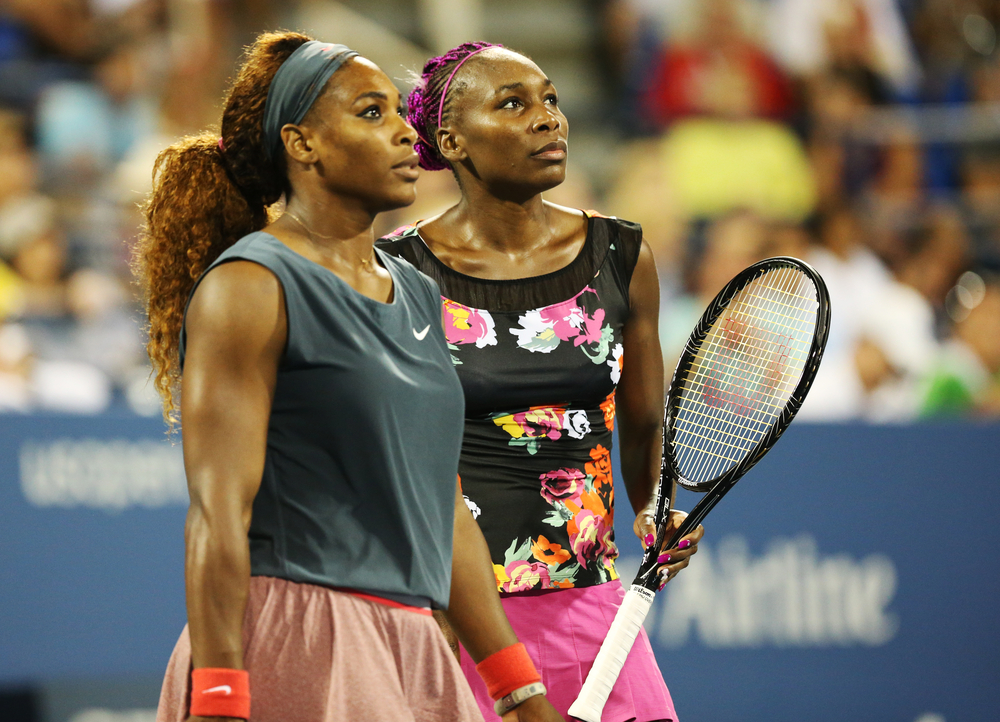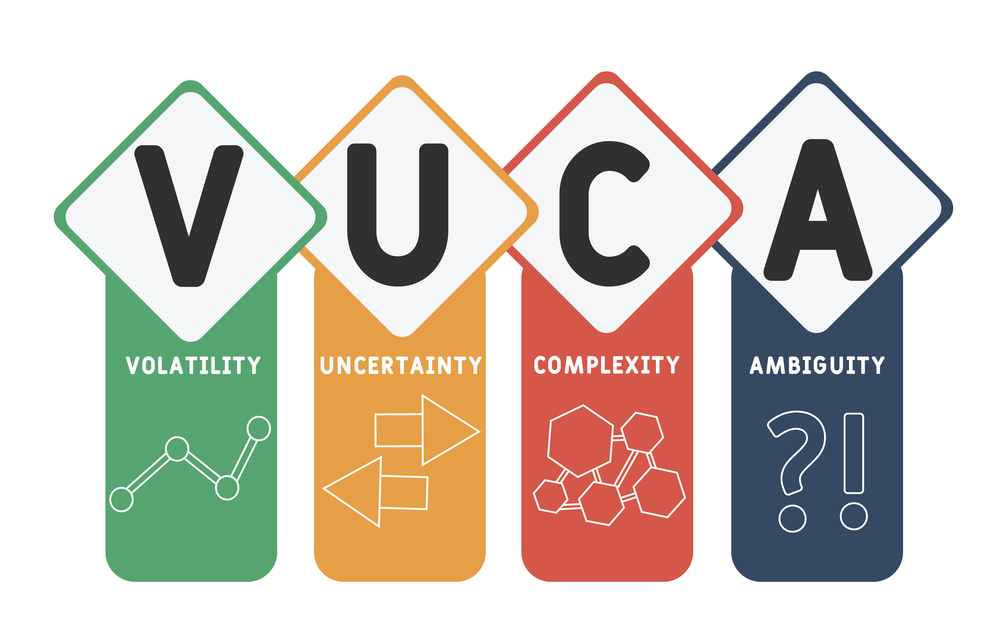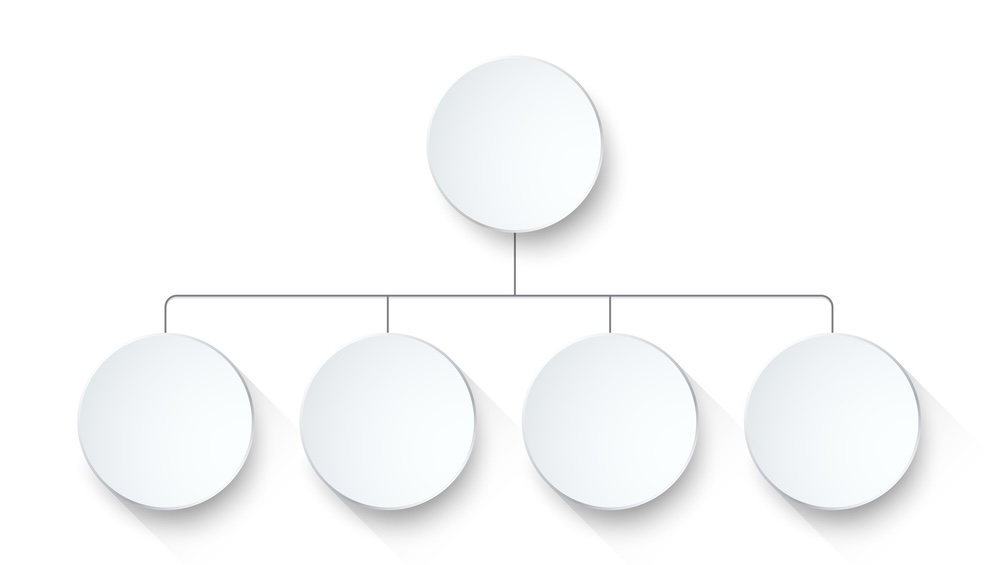 Does rivalry always have to be negative? After my last blog post about Workplace Jealousy, I started reflecting on the potential pros and cons of the related idea – workplace rivalry.
Does rivalry always have to be negative? After my last blog post about Workplace Jealousy, I started reflecting on the potential pros and cons of the related idea – workplace rivalry.
One of my favourite organizational psychologists, Dr. Adam Grant tackles this topic in Season 2, Episode 2 of his WorkLife Podcast.
He notes that in many workplaces, competition is inevitable since we work closely with people and at times, you’ll want to beat or surpass a particular coworker. So, “become friends with your rivals,” advises Dr. Grant.
A rival is the person we consistently compare ourselves to, and that person can be an excellent source of motivation. Whether it’s to try to outperform colleagues to gain access to preferred files, clients and opportunities or applying to competitive selection processes to “earn” our promotion. Usually, there’s only one person who can “win” the job, file or client. A rival could also be our counterpart at our company’s main competitor. In either case, our rival is the person we consistently compare ourselves to and compete against.
There have been famous rivalries throughout history for which competition made them both better: John Lennon vs. Paul McCartney, Chris Evert vs. Martina Navratilova, or, more recently, Venus vs. Serena Williams.
 Dr. Gavin Kilduff is an NYU management professor who is also an expert on rivalry, and he joined Adam Grant to talk about rivalry. According to Dr. Kilduff, the presence of a rival can create energy:
Dr. Gavin Kilduff is an NYU management professor who is also an expert on rivalry, and he joined Adam Grant to talk about rivalry. According to Dr. Kilduff, the presence of a rival can create energy:
“When you’re competing against a rival, your body actually responds differently… People coming face to face against a rival exhibited a spike in their physiological arousal, so their heart rate specifically went up—and that extra excitement physiologically predicted greater risk taking.”
The Joy of Cut-Throat Cooperation
When we experience this big physiological surge, it may inspire risk-taking. At work, this bigger appetite for risk-taking might lead to a bold idea or an innovative approach or direction. Then again, it could also take you down a noxious path that involves insidious and destructive workplace jealousy.
In any workplace rivalry, there are opportunities to compete and cooperate. Both are possible, but based on research cited in the podcast, the order in which they happen is key.
When two people start out as competitors and then try to cooperate, they engage in something called cut-throat cooperation. On the other hand, when two people start out as collaborators who have a cooperative relationship that transitions into a competition, they develop a supportive and friendly rivalry. They tried to beat each other, but not to undermine each other.”
So what does this mean for the ideal work environment? What perspectives and approaches should we emulate to foster healthy workplace rivalry instead of toxic workplace jealousy?
Common Ground – Start by focusing on your common ground and your shared identity as employees with a common mandate within an organization:
“Psychologists find that rivals become allies when they form a common identity that transcends their differences. Instead of competing against other individuals, you see yourself as part of a group that’s working together to achieve larger goals.”
This is part of why effective team building and developing collegial relationships are so important at work.
Focus on supportive rivalries where you and your workplace rival are working toward something larger and more meaningful than your individual success
Respect – With new colleagues, focus on the fact that you’re both on the same team and identify things that you respect about them.
 Try to appreciate and respect your colleagues’ contributions. With regard to respect, the podcast episode highlights two versions. The first and most important type is “owed respect,” which is built on the belief that each of us deserves basic dignity as a human being. Ideally, this is modelled throughout the workplace to encourage a good organizational climate. When a work environment is rife with negative bias, discrimination, and “othering,” all of those counter-productive behaviours undermine the targeted person’s basic dignity.
Try to appreciate and respect your colleagues’ contributions. With regard to respect, the podcast episode highlights two versions. The first and most important type is “owed respect,” which is built on the belief that each of us deserves basic dignity as a human being. Ideally, this is modelled throughout the workplace to encourage a good organizational climate. When a work environment is rife with negative bias, discrimination, and “othering,” all of those counter-productive behaviours undermine the targeted person’s basic dignity.
The second type is “earned respect,” when someone is valued for their performance or contribution. This, too, can be diminished when someone’s performance is “discounted” or treated as less meaningful because of their identity as a racialized person, a differently abled person, or someone who is tokenized.
Ambivalence is OK
Get more comfortable with mixed emotions. Try to outperform your rivals and also celebrate their successes too, just as you would during family charades or dominos.
Thankfully, it’s only a small minority of people who truly thrive on ruthless competition where the “loser” is destroyed. With the right intention, workplace rivalry can help bring out the best in colleagues without anyone being cheated or undermined, or otherwise ruined.
Did this article spark any career-related questions, plans or concerns?
Reach out today for a free and confidential initial consultation by phone, email, or via direct message on Twitter, Facebook or LinkedIn.
More than career coaching, it’s career psychology®.
I/O Advisory Services Inc. – Building Resilient Careers and Organizations TM.



